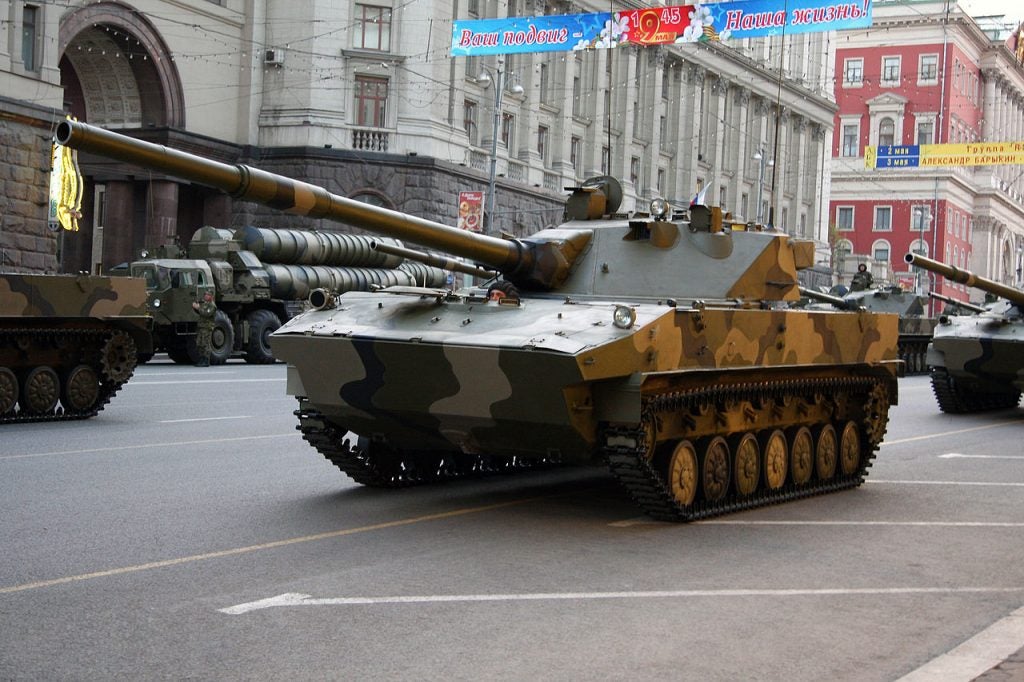Indian Army Dusts Off Light Tank Requirement
Amid the continuing tensions between India and China in eastern Ladakh, a decades-old requirement for a new light tank for the Indian Army has been approved. The tank will need to be air-transportable, ideally by rotary air, able to operate reliably at altitude, and have enough lethality to defeat similar platforms operated by peer opponents, namely the Chinese People’s Liberation Army (PLA).
It is too early to predict which platforms the Indian Army will consider although the Russian 2S25 Sprut-SD is an obvious contender (particularly in view of the relationship between the two nations which has seen Russian T-72M1 and T-90S ‘Bhisma’ main battle tanks (MBTs) purchased for the Indian Army). Historically, the Army has operated both the French AMX-13 and Russian PT-76 as light tanks in mountainous regions.
The 2S25 is based on the BMD-3 chassis with a three-man crew. Despite its diminutive size, the 2S25 mounts the 125mm 2A75 which can launch the 9M119 Svir anti-tank guided missile out to ranges of 4,000m. Perhaps most importantly for India, the 2S25 weighs only 18 tonnes and includes a hydro-pneumatic system to raise and lower the vehicle’s ground clearance. It was also designed specifically to operate at altitude.
The Indian Army originally issued a request for information (RFI) in 2009 aimed at eventually procuring 200 8×8 wheeled and 100 tracked light armoured vehicles. The RFI, not unusually in Indian defense procurement, went nowhere, largely due to the Army focusing on heavy armour and disagreements on local development and production rather than the purchase of a foreign platform.
In the 1980s and 1990s, the Indian Defence Research and Development Organisation (DRDO) of the Ministry of Defence even went so far as to develop two separate prototypes – one based on the Russian BMP-1 up-gunned with an unspecified 105mm cannon; and the other another BMP-based design which utilized the French GIAT TS-90 turret.
Current interest in a new light tank is no doubt driven by the deployment of the ZTQ-15 or Type 15 light tank. The ZTQ-15 has reportedly been deployed by the PLA to their ‘Tibet Military Region’ to support an alleged nine PLA brigades committed to the region. ZTQ-15s have been seen along the Line of Actual Control (LAC) further raising tensions. Facing them are Indian T-90S MBTs, a much heavier design which requires road networks to traverse the mountainous environment.

